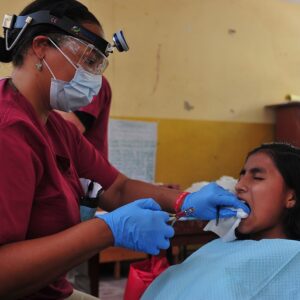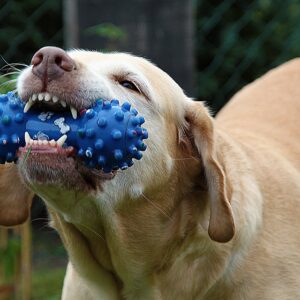When it comes to our furry companions, we always strive to provide them with the best care possible. This includes their dental health, which is often overlooked but crucial to their overall well-being. In some cases, dog tooth extraction may be necessary to alleviate pain and prevent further complications. However, it is important for pet parents to understand the benefits and risks associated with this procedure before making a decision.
Benefits of Dog Tooth Extraction
There are several benefits to having a dog’s tooth extracted, including:
1. Pain Relief: Just like humans, dogs can experience pain and discomfort from tooth decay, gum disease, or dental injuries. Extracting a diseased or damaged tooth can provide immediate relief and improve your dog’s quality of life.
2. Preventing Infection: Infected teeth can lead to abscesses, which can be extremely painful and potentially life-threatening if left untreated. By extracting the infected tooth, you can prevent the spread of infection and ensure your dog’s overall health.
3. Improving Overall Dental Health: Extracting a severely damaged or decayed tooth can prevent further complications, such as bone loss, gum disease, and oral infections. It can also help maintain proper alignment and function of your dog’s remaining teeth.
4. Boosting Appetite and Nutrition: Painful dental issues can make it difficult for dogs to eat properly, leading to weight loss, malnutrition, and other health problems. By removing the source of discomfort, your dog may regain their appetite and enjoy their meals again.
5. Enhancing Oral Hygiene: Removing diseased or damaged teeth can make it easier to maintain your dog’s oral hygiene. It can also prevent plaque and tartar buildup, which can lead to gum disease and other dental issues.
Risks of Dog Tooth Extraction
While there are many benefits to dog tooth extraction, it is important to consider the potential risks and complications as well. Some of the risks associated with this procedure include:
1. Anesthesia: Most dog tooth extractions require general anesthesia, which carries inherent risks, especially for older dogs or those with underlying health conditions. Before the procedure, your veterinarian will evaluate your dog’s overall health and recommend any necessary pre-surgical testing to ensure they can safely undergo anesthesia.
2. Surgical Complications: Like any surgery, there is a risk of complications during the extraction procedure, such as excessive bleeding, infection, or damage to surrounding tissues. Your veterinarian will take all necessary precautions to minimize these risks and ensure a successful outcome.
3. Post-operative Pain: After tooth extraction, dogs may experience pain and discomfort, which can be managed with pain medications prescribed by your veterinarian. To ensure a smooth recovery, it is crucial to follow your vet’s post-operative care instructions, including proper pain management and monitoring for any signs of complications.
4. Changes in Eating Habits: Dogs may have difficulty eating or chewing on the affected side after tooth extraction, especially if multiple teeth are removed. It is important to provide soft, easily digestible food during the recovery period and gradually reintroduce their regular diet as they heal.
5. Potential Long-Term Consequences: Depending on the location and type of tooth extracted, your dog may experience changes in their bite or jaw structure. In some cases, additional dental work may be needed to address these issues and restore proper alignment and function.
Understanding the benefits and risks of dog tooth extraction is essential for making an informed decision about your dog’s dental health. If you suspect that your dog may need a tooth extracted due to pain, infection, or other dental issues, it is important to consult with your veterinarian as soon as possible.
Before recommending extraction, your vet will perform a thorough oral examination, dental X-rays, and other diagnostic tests to determine the extent of the problem and develop an appropriate treatment plan. They will also discuss the expected outcomes, potential risks, and alternative options, such as dental cleanings, root canals, or crowns, depending on the specific situation.
In some cases, preventive measures, such as regular dental cleanings, brushing, and a balanced diet, can help maintain your dog’s oral health and reduce the risk of tooth extractions in the future. Your veterinarian can provide guidance on how to best care for your dog’s teeth and gums at home, as well as recommend professional dental cleanings and routine check-ups to monitor their dental health regularly.
Overall, dog tooth extraction can be a necessary and beneficial procedure to improve your dog’s quality of life and prevent further complications. By understanding the benefits and risks associated with this treatment option, you can make an informed decision in collaboration with your veterinarian to ensure the best possible outcome for your furry friend. Remember, your dog’s oral health is an important part of their overall well-being, so don’t hesitate to seek veterinary care if you have any concerns about their dental health.



